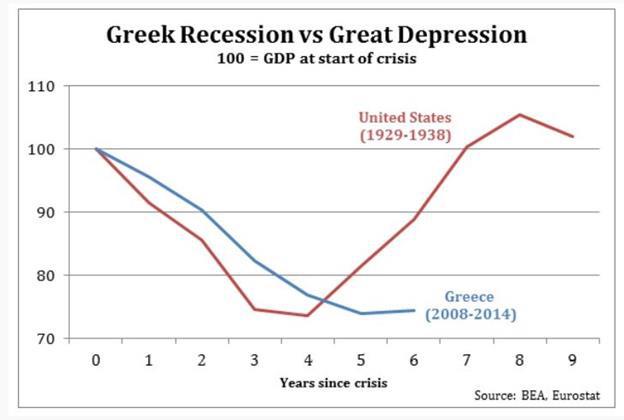The lesson here is straightforward. Trade less frequently and trade smaller than you think you should.
Of these two, trading smaller size is easier to grasp and much more intuitive. If you are risking less, then your P&L won’t swing as wildly, allowing you to stay more level-headed and to make better decisions without getting scared or euphoric. You also are unlikely to lose as much during a bad run, allowing you to sidestep potential catastrophic losses and to stay in the game, both financial and psychologically. Ultimately, it’s steep drawdowns that end careers. If you can avoid big declines In your equity and be in the right place psychologically to bounce back, then you will have a long and successful career.
But trading less frequently is equally important. By making it a priority to trade less frequently, you are making sure that you think harder and deliberate before entering and exiting a position. This allows you to focus on executing your methodology, rather just impulsively leaping into and out of positions. That should boost the quality of each trade and in turn, your overall success.
You are also making sure that you are picking your spots, thereby boosting the percentage of your trades that are winners. Even a small increase in your win rate, e.g. from 40% to 43%, would mean a measurable improvement in profitability. Having more winners, and having those extra winners generate bigger gains on average than the losers, can mean the difference between a so-so year and a great year.
There’s a reason Bruce Kovner was an original Market Wizard and one of the best macro fund managers of all time. Undertrade, undertrade, undertrade.






 Many investors are familiar with the skirt length stock market theory or indicator, where the current fashion for length of skirts determines which way the markets will go. The flappers during the roaring 20’s had very short dresses, and the stock market was roaring. During the depression of the 1930’s, the length of skirts and dresses dropped. During the 1960’s, the mini-skirt came out and the stock market took off. Then floor length dresses came into vogue, and stocks tanked. And so on.
Many investors are familiar with the skirt length stock market theory or indicator, where the current fashion for length of skirts determines which way the markets will go. The flappers during the roaring 20’s had very short dresses, and the stock market was roaring. During the depression of the 1930’s, the length of skirts and dresses dropped. During the 1960’s, the mini-skirt came out and the stock market took off. Then floor length dresses came into vogue, and stocks tanked. And so on.